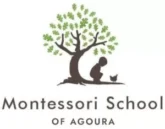Our Programs
For over 75 years, Montessori schools across the world have instilled lifelong habits and skills in thousands of students. As one of the authentic followers of the Montessori method, the Montessori School of Agoura uses a prepared environment to support child development.
The prepared environment is a hallmark of the Montessori method, and is laid out with child-friendly furnishing and interactive learning materials that double as toys. Our prepared environment is calm, peaceful, and designed to help children find joy in learning and being independent. Each child is allowed to work at their own pace and level while striving for their full potential.
“Never help a child with a task at which he feels he can succeed.”
– Dr. Maria Montessori
Program Offerings
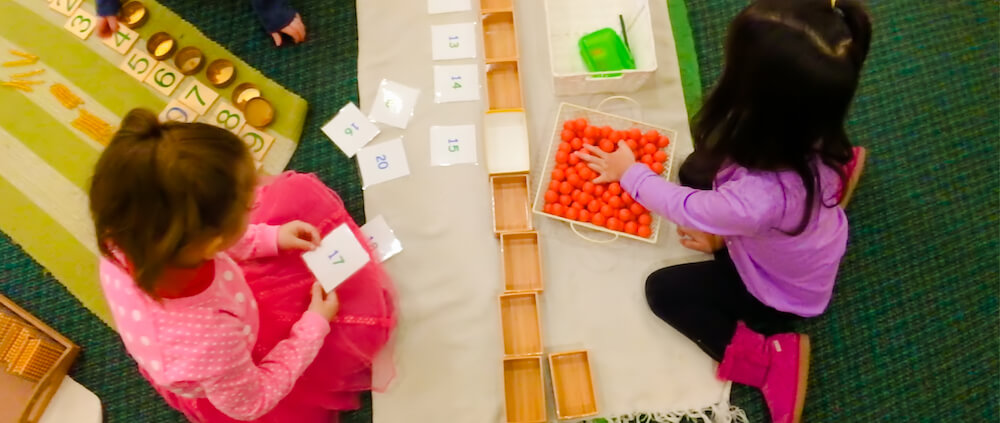
Montessori Preschool
Mixed Age Group — 2 through 5 years
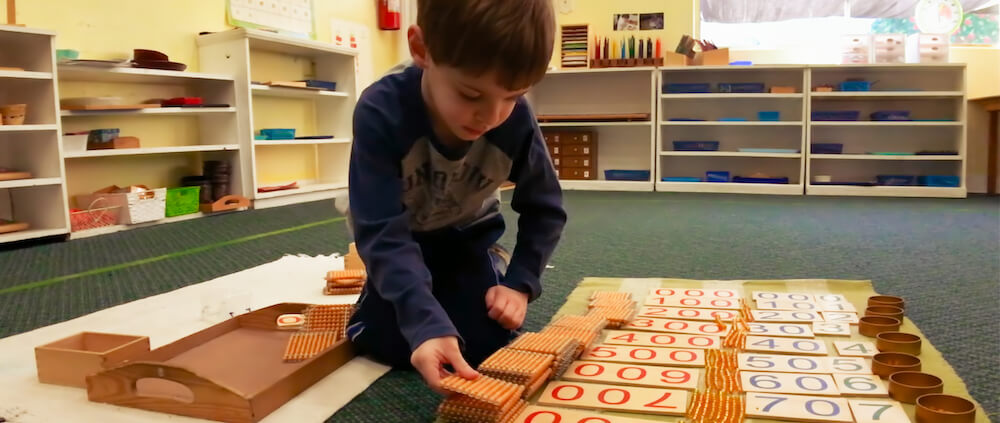
Montessori Transitional Kindergarten (TK) & Kindergarten
Mixed Age Group — 4.5 through 6 years
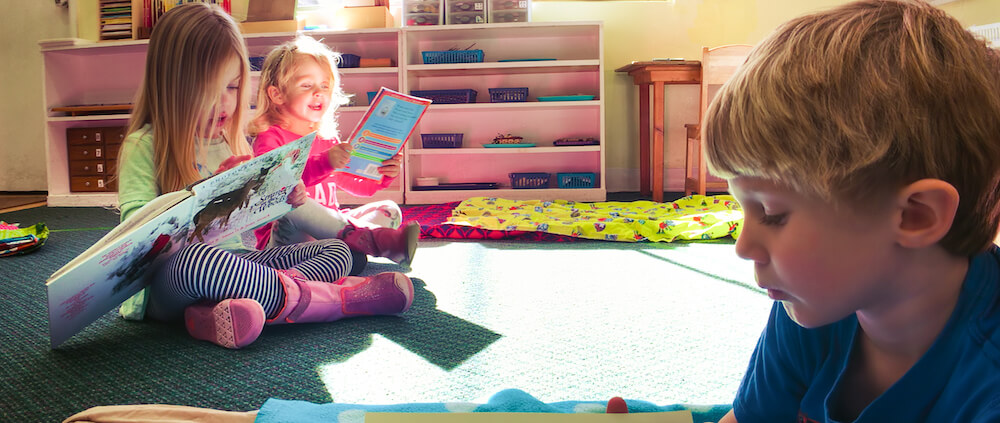
Montessori Summer School
Mixed Age Group — 2 through 6 years
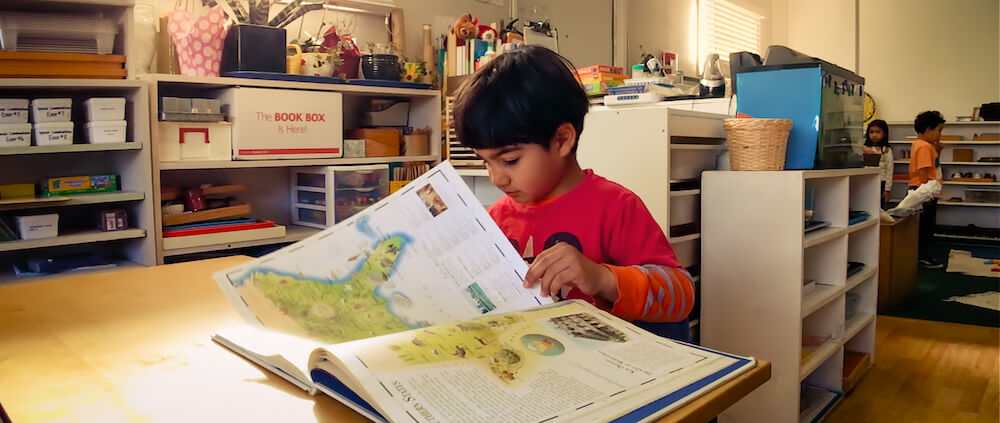
Extracurricular Enrichment Classes
Mixed Age Group — 2 through 6 years
“We must support as much as possible the child’s desires for activity; not wait on him, but educate him to be independent.”
– Dr. Maria Montessori
Decalogue
Outlined by Dr. Maria Montessori, these ten fundamental rules serve as a reminder to teachers of the expectations for Montessori education.
Rule 1
Never touch the child unless invited by them (in some form or the other).
Rule 2
Never speak ill of the child in their presence or absence.
Rule 3
Concentrate on strengthening and developing what is good in the child so that its presence may leave less and less space for evil.
Rule 4
Be active in preparing the environment. Take meticulous and constant care of it. Help the child establish constructive relations with it. Show the proper place where the means of development are kept and demonstrate their proper use.
Rule 5
Be ever ready to answer the call of the child who stands in need of you, and always listen and respond to the child who appeals to you.
Rule 6
Respect the child who makes a mistake and can then or later correct themself, but stop firmly and immediately any misuse of the environment and any action which endangers the child, their development, or others.
Rule 7
Respect the child who rests or watches others working or ponders over what they have done or will do. Neither call them, nor force them, to other forms of activity.
Rule 8
Help those who are in search of activity and cannot find it.
Rule 9
Be untiring in repeating presentations to the child who refused them earlier, and in helping the child acquire what is not yet their own and overcome imperfections. Do this by animating the environment with care, with restraint and silence, with mild words and loving presence. Make your ready presence felt to the child who searches, and hide from the child who has found.
Rule 10
Always treat the child with the best of good manners, and offer them the best you have in yourself and at your disposal.
“We do not want complacent pupils, but eager ones. We seek to sow life in the child rather than theories, to help him in his growth, mental and emotional as well as physical, and for that we must offer grand and lofty ideas to the human mind.”
– Dr. Maria Montessori
The Founding of the Montessori Method
In 1870, Maria Montessori was born to a well-respected family. She was expected to fulfill the traditional role of Italian women, but instead pursued an advanced degree at the University of Rome and became the first woman physician to graduate in Italy.
Her interest drew her to work with children, initially those who were disadvantaged and had special needs. Because she was an anthropologist and not trained as an educator, Dr. Montessori’s decisions about working with children were made by observing them and their interests.
Through trial and error, she developed the Montessori method of education. It was a radical departure in her own time. She did not place children in restrictive environments. Instead she reflected children with child-sized tables and chairs, and materials stored on low shelves for easy access. She focused on teaching children how to become more independent and seek knowledge on their own.
Dr. Montessori spent her life working to better the lives of children, founding training centers for teachers, and spreading the Montessori method throughout the world. During her later years, her focus shifted to teaching children how to promote peace.
Her legacy is the international establishment of Montessori schools, which promote the belief that all children are citizens of the world.
